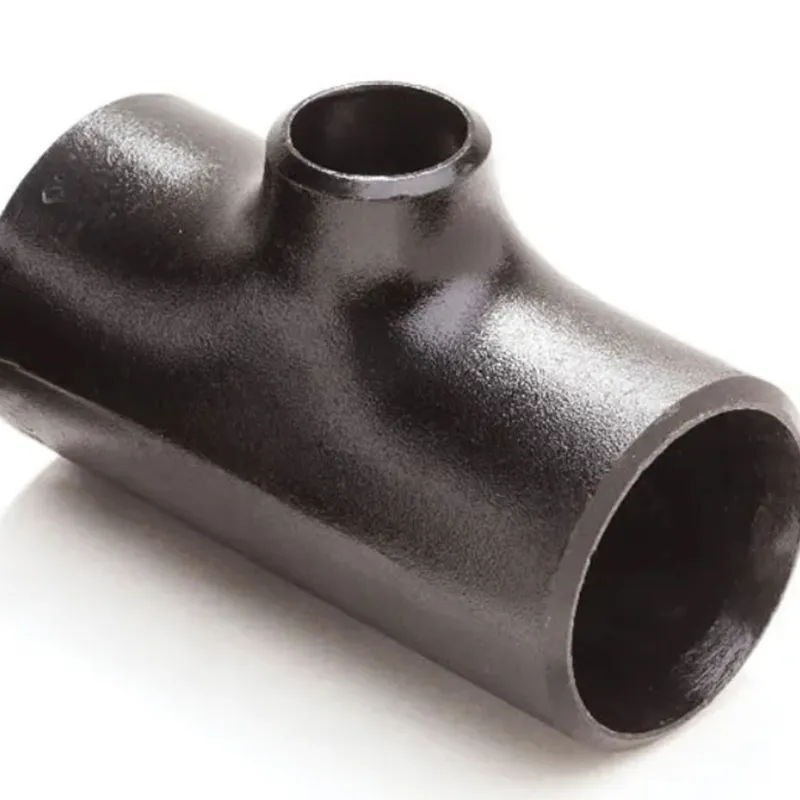-
Cangzhou Yulong Steel Co., Ltd.
-
Phone:
+86 13303177267 -
Email:
admin@ylsteelfittings.com
- English
- Arabic
- Italian
- Spanish
- Portuguese
- German
- kazakh
- Persian
- Greek
- French
- Russian
- Polish
- Thai
- Indonesian
- Vietnamese
- Zulu
- Korean
- Uzbek
- Hindi
- Serbian
- Malay
- Ukrainian
- Gujarati
- Haitian Creole
- hausa
- hawaiian
- Hebrew
- Miao
- Hungarian
- Icelandic
- igbo
- irish
- Japanese
- Javanese
- Kannada
- Khmer
- Rwandese
- Afrikaans
- Albanian
- Amharic
- Armenian
- Azerbaijani
- Basque
- Belarusian
- Bengali
- Bosnian
- Bulgarian
- Catalan
- Cebuano
- China
- China (Taiwan)
- Corsican
- Croatian
- Czech
- Danish
- Esperanto
- Estonian
- Finnish
- Frisian
- Galician
- Georgian
- Kurdish
- Kyrgyz
- Lao
- Latin
- Latvian
- Lithuanian
- Luxembourgish
- Macedonian
- Malgashi
- Malayalam
- Maltese
- Maori
- Marathi
- Mongolian
- Myanmar
- Nepali
- Norwegian
- Norwegian
- Occitan
- Pashto
- Dutch
- Punjabi
- Romanian
- Samoan
- Scottish Gaelic
- Sesotho
- Shona
- Sindhi
- Sinhala
- Slovak
- Slovenian
- Somali
- Sundanese
- Swahili
- Swedish
- Tagalog
- Tajik
- Tamil
- Tatar
- Telugu
- Turkish
- Turkmen
- Urdu
- Uighur
- Welsh
- Bantu
- Yiddish
- Yoruba

Nov . 08, 2024 14:52 Back to list
ansi flange types
Understanding ANSI Flange Types A Comprehensive Guide
Flanges are essential components in piping systems, providing a means for joining pipes and equipment together. Various types exist, with ANSI (American National Standards Institute) flanges being one of the most widely used categories. ANSI flanges are defined by specific standards that ensure interoperability, quality, and safety within industrial and commercial applications. This article aims to provide an in-depth understanding of ANSI flange types, their specifications, and applications.
What are ANSI Flanges?
ANSI flanges are circular plates used to attach pipes to other components, enabling the safe and efficient transfer of fluids and gases. They typically have a raised rim or lip, which helps to create a seal between the flange and the connecting component. ANSI flanges are made from various materials, including carbon steel, stainless steel, and alloy steel, suitable for different pressure and temperature ratings.
ANSI Flange Classes
ANSI flanges come in various classes, classified according to their pressure-temperature rating. Common classes include 150, 300, 600, 900, 1500, and 2500, with each class indicating the maximum working pressure at a specific temperature. For example, a Class 150 flange has a maximum pressure of 150 psi at 100°F. These ratings are critical for ensuring the integrity and safety of the piping system. Selecting the appropriate class depends on the application's demands, including fluid types, operating temperatures, and pressure conditions.
Types of ANSI Flanges
There are several ANSI flange types, each designed for specific applications
. Below are some common types1. Blind Flange This type of flange is solid, with no hole in the middle. It is used to seal the end of a piping system, effectively blocking fluid flow, and can be an essential component in maintenance or construction scenarios.
2. Slip-On Flange This flange is designed to slip over the end of a pipe. It is easy to install and weld into place, making it a popular choice for many applications. However, proper alignment is crucial to ensure a tight seal.
ansi flange types

3. Socket Weld Flange This type features a socket in which the pipe is inserted before welding. It is commonly used in high-pressure applications where a more robust connection is needed.
4. Threaded Flange This flange has internal threads that allow it to be screwed onto a pipe. It is beneficial in situations where welding is not feasible, although they are generally limited to lower pressure applications.
5. Lap Joint Flange Typically used with a stub end, this flange allows for movement and flexibility, making it ideal for systems that may require adjustment or disassembly.
6. Raised Face Flange Featuring a raised area around the bolt holes, this flange type enhances sealing capability by increasing the contact area with the gasket.
Gaskets and Bolting
Selecting the correct gasket and bolting is crucial when working with ANSI flanges. Gaskets create the necessary seal between the flange faces to prevent leaks. The material of the gasket should be chosen based on the fluid type and operating conditions. Bolting must also be compatible with the flange material and rated for the expected pressures to ensure safety and performance.
Applications of ANSI Flanges
ANSI flanges are widely used in various industries, including oil and gas, chemical processing, water treatment, and food and beverage. Their versatility and adaptability make them suitable for numerous applications, from simple plumbing systems to complex industrial pipelines. The ability to select from different types, classes, and materials allows engineers to design systems that meet specific requirements and ensure safety and efficiency.
Conclusion
ANSI flange types play a critical role in the integrity and performance of piping systems across a wide range of industries. Understanding the different types, their classifications, and appropriate applications is essential for engineers and professionals in the field. By selecting the right ANSI flange and ensuring proper installation, one can achieve a reliable and effective piping system capable of withstanding various operational demands.
Latest news
-
ANSI 150P SS304 SO FLANGE
NewsFeb.14,2025
-
ASTM A333GR6 STEEL PIPE
NewsJan.20,2025
-
ANSI B16.5 WELDING NECK FLANGE
NewsJan.15,2026
-
ANSI B16.5 SLIP-ON FLANGE
NewsApr.19,2024
-
SABS 1123 FLANGE
NewsJan.15,2025
-
DIN86044 PLATE FLANGE
NewsApr.19,2024
-
DIN2527 BLIND FLANGE
NewsApr.12,2024
-
JIS B2311 Butt-Welding Fittings LR/SR 45°/90° /180°Seamless/Weld
NewsApr.23,2024











